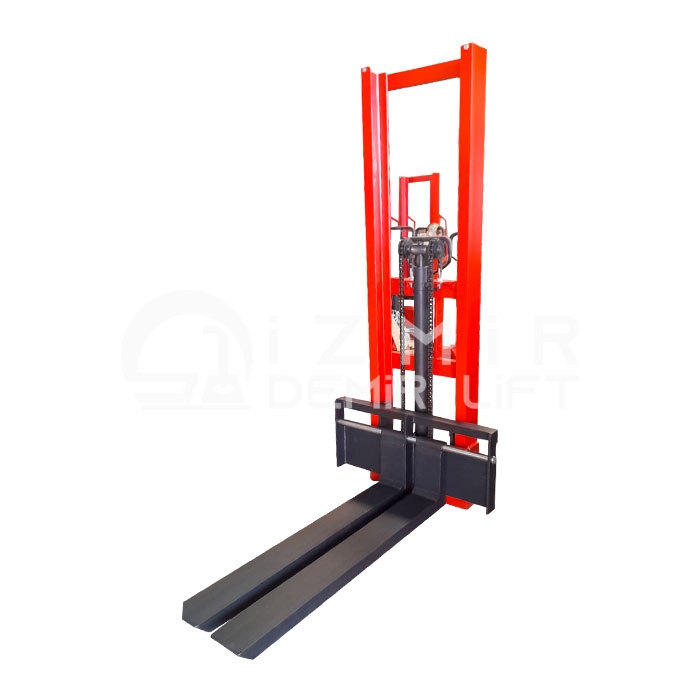
Effective management and efficiency of warehouse operations also depends on elements such as lighting and energy management. Warehouse lighting and energy efficiency strategies in stacker and warehouse operations aim to both reduce energy consumption and ensure that the working environment is safe and efficient. In this article, we will focus on warehouse lighting and energy efficiency in stacker and warehouse operations.
LED Lighting Systems:
Compared to conventional lighting systems, LED lighting systems provide significant energy savings in warehouse operations. LED lamps consume less energy and last longer. They also provide better illumination and provide a homogeneous light distribution throughout the warehouse space. The use of LED lighting systems reduces energy costs, improves the appearance of the working environment and increases employee productivity.
Motion Sensors and Automatic Light Control:
Continuous lighting of warehouse areas can waste energy. Therefore, it is important to use technologies such as motion sensors and automatic light control. Motion sensors ensure that lights turn on automatically when motion is detected in the warehouse and turn off automatically when no motion is detected. In this way, energy consumption is unnecessarily low and energy savings are achieved.
Effective Use of Natural Lighting and Windows:
Effective use of natural lighting and windows in warehouse design increases energy efficiency. Natural light can provide sufficient illumination to the warehouse space throughout the day. The use of large windows and transparent panels allows natural lighting to enter the warehouse. This reduces energy consumption and provides a better working environment for employees.
Use of Energy Efficient Equipment:
Using energy efficient stackers and warehouse equipment reduces energy consumption. New generation stackers and equipment consume less energy and save energy. Preferring energy efficient equipment both supports environmental sustainability and reduces the energy costs of the business.
Energy Management Systems and Monitoring:
Energy management systems are used to monitor, analyze and optimize energy consumption in warehouse operations. These systems collect data on energy consumption, generate reports and provide important information for energy savings. Energy management systems ensure effective implementation of energy efficiency strategies and reduce energy costs.
As a result, warehouse lighting and energy efficiency strategies in stacker and warehouse operations not only save energy but also ensure that the working environment is safe and efficient. Energy consumption can be reduced through applications such as LED lighting systems, motion sensors and automatic light control, natural lighting and the use of energy efficient equipment. In addition, energy efficiency can be continuously monitored and improvements can be made with energy management systems and monitoring tools. Ensuring energy efficiency in warehouse operations provides businesses with cost savings, environmental sustainability and competitive advantage.